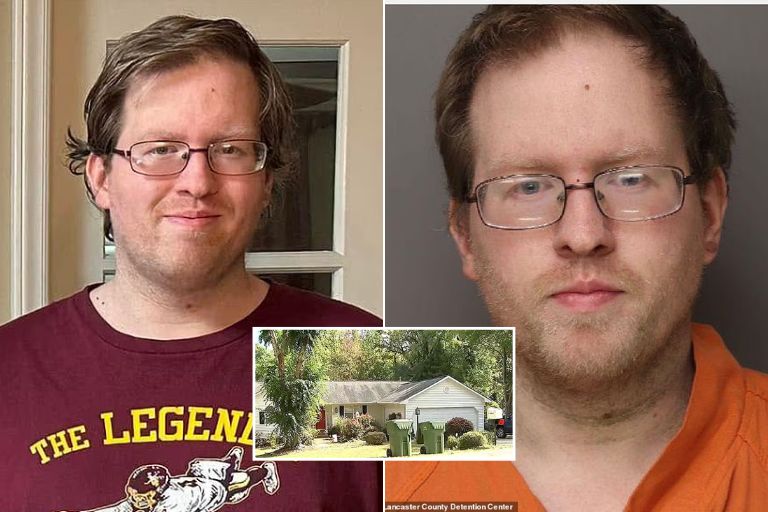On July 25, 2025, authorities in Lancaster, South Carolina, responded to a call at the home of Pastor Donnie Birchfield Sr. after a report of an unattended death. Inside the residence, investigators found the body of an adult woman showing signs of severe malnutrition and physical injury.
During a search of the property, officers discovered three additional adults alive in the basement under conditions consistent with prolonged confinement, leading to the arrest of the pastor’s son, Donnie Ray Birchfield Jr., and the opening of a major criminal investigation.
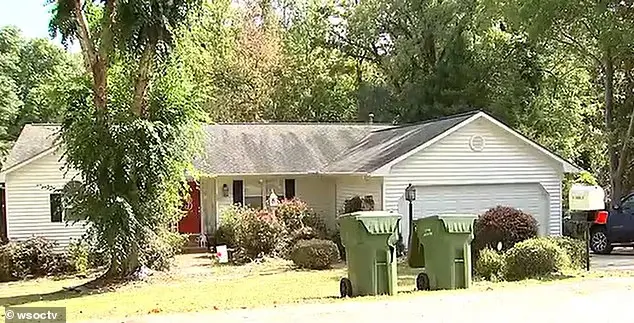
Discovery of the Death
Police were called to the Birchfield family’s home in Lancaster, South Carolina, on July 25, 2025, for what was first reported as an unattended death. The address belonged to a well-known local pastor’s family the kind of household few would suspect of anything criminal.
Paramedics entered expecting a natural death, maybe an elderly relative who passed quietly. But as soon as they saw the victim, their assumptions fell apart. The woman had been dead for roughly 24 hours before anyone dialed 911. Her body was severely underweight, with visible scars and bruising that told a longer story one of deprivation and sustained abuse.
Detectives noticed more warning signs. The windows were covered, several interior doors were padlocked, and parts of the house appeared recently reinforced. What looked like a family home upstairs hid a maze of control below.
As police searched further, they found a door leading to the basement secured, heavy, and clearly not meant for casual access.
When they forced it open, the scene was worse than anyone had imagined. Three people were found alive but emaciated one man and two women.
They were weak, frightened, and disoriented. Investigators later learned that the man was the husband of the woman who had died upstairs, and that all three survivors had been held there for years, out of sight from the outside world.
That discovery transformed what began as a routine death investigation into a full-scale criminal case. What police had uncovered was a house of captivity one allegedly maintained for nearly a decade without anyone noticing.
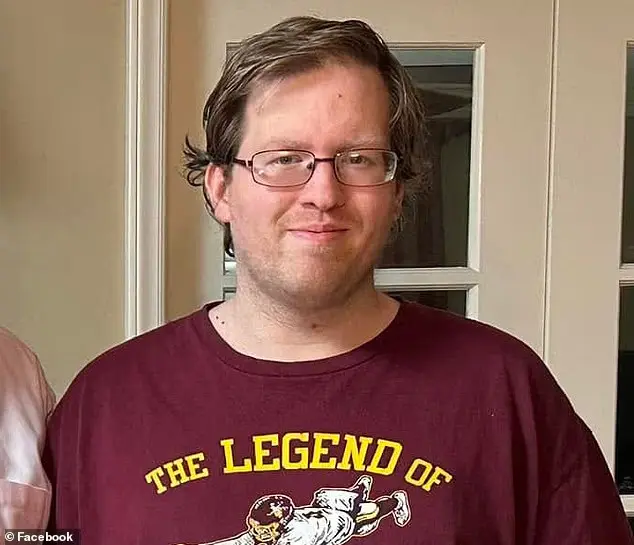
The Basement Horror
The basement of the Birchfield home wasn’t a storage space. It was a cell. Officers described it as dim, confined, and stripped of any comfort. There were no windows, only a few lightbulbs hanging from exposed wiring. The air smelled of dampness and decay. Mattresses were placed directly on the floor, and food containers sat half-empty in corners.
The three survivors one man and two women appeared to have been starved for weeks, their ribs visible beneath pale skin. They were dehydrated, trembling, and barely able to speak.
Police later said they showed signs of “long-term physical and psychological abuse.” The man, identified as the husband of the deceased woman, weighed nearly 70 pounds less than the healthy average for his frame.
He and his wife had reportedly been living in the basement for years, along with two other women who investigators believe were kept under similar conditions. Officers also found traces of the captives’ belongings worn clothing, old phones with broken screens, and personal IDs suggesting they’d once lived ordinary lives before disappearing.
What unsettled investigators most was how controlled everything seemed. The basement door could only be opened from the outside. A camera above the stairs hinted that someone was monitoring them remotely.
Victims later told police that Donnie Ray Birchfield Jr. decided when they could eat, sleep, or use the bathroom. If they disobeyed, he allegedly punished them sometimes by choking or withholding food for days.
When the survivors were taken out, they squinted at the daylight as if seeing it for the first time in years.
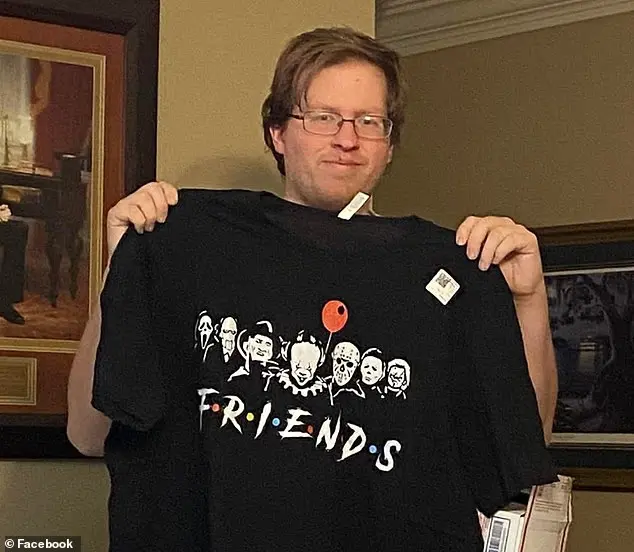
The Captor: Donnie Ray Birchfield Jr.
To neighbors, Donnie Ray Birchfield Jr. was just the pastor’s adult son quiet, polite, and often seen around his father’s church. He smiled in family photos, attended services, and posted online like any ordinary man in his thirties. Nothing about him suggested the kind of control and cruelty investigators were about to uncover.
His father, Pastor Donnie Birchfield Sr., led the Friendship Baptist Church in Lancaster. The family carried a reputation of respectability and faith. Donnie’s mother was known in church circles, often described as warm and devoted. His sister volunteered in church events. It was, on the surface, the image of a model Christian household.
Behind that image, police allege, Donnie Jr. had built an entirely different world in the basement of that same home. Investigators say he targeted vulnerable people those with limited independence or unstable living situations. He allegedly isolated them, took their identification, and slowly stripped them of every choice they had.
Victims told detectives that Donnie imposed strict “rules.” He decided when they could eat, when they could use the restroom, and even when they were allowed to sleep. If they resisted, he reportedly beat or choked them until they lost consciousness. One woman said she lived in constant fear that she would never leave alive.
He often bragged about being untouchable. According to statements from one victim, Donnie claimed he “knew how to make a body disappear” because he had “done it before.” Whether that was a threat or confession remains under investigation.
Even as this control deepened, Donnie maintained his public persona. He posted online with professional wrestlers, wore flashy chains, and gave the impression of an ordinary man enjoying his hobbies. The contrast between that image and what police found below his home is what investigators later called “the most chilling part of the case.”

The Victims’ Backstory
The four people found in Donnie Ray Birchfield Jr.’s basement weren’t strangers to him. Investigators say he’d carefully chosen them, using charm and false kindness to gain their trust before tightening his control.
Two of the victims the woman who died and her husband were described as vulnerable adults. They were capable of basic independence but needed occasional support to manage daily life. For years, they lived in their own rental home. Around six years before the discovery, they were evicted. That’s when Donnie appeared, offering to “help them get back on their feet.”
No one knows exactly how they met possibly through church, possibly elsewhere but family members say Donnie seemed generous at first. He invited the couple to stay in his home temporarily. That temporary arrangement became permanent. From that moment, their family never saw them free again.
The husband’s sister, Terresa Hinsson, searched for them for years. She filed missing persons reports, posted appeals online, and visited local shelters hoping for a trace. Police followed leads, but nothing surfaced. When she finally learned that her brother had been found alive in Donnie’s basement, the relief came with shock. He was emaciated, weak, and barely speaking. “He looked seventy pounds lighter,” she later said. “I almost didn’t recognize him.”
The other two victims both women had different paths into Donnie’s orbit. One had reportedly been under his control since 2015, nearly a decade in captivity. The other had been there since September 2024. Both were described as romantically involved with him at different times, though investigators believe those relationships were built on coercion and fear rather than consent.
Each victim, in their own way, was isolated from the outside world no phone, no contact, no escape. By the time police arrived in 2025, they had been erased from public life so completely that even their families assumed they were gone for good.

Financial Exploitation
Investigators quickly learned that Donnie Ray Birchfield Jr.’s control went far beyond physical captivity. It extended into his victims’ bank accounts. Detectives say he had been using their debit and credit cards as if they were his own, draining them slowly over time.
Records showed a clear pattern. Since 2021, Donnie allegedly made over thirty transactions at Walmart totaling more than $2,000, none of which were for the victims’ benefit. Over an eight-month period in 2025, he withdrew or transferred nearly $12,000 from their accounts. According to prosecutors, the money went toward paying down his personal credit-card debt and other expenses unrelated to the people living in his basement.
In court filings, investigators stated plainly “All of these purchases were made solely for the suspect’s use and not the victims’.” The financial paper trail became one of the strongest pieces of evidence in the case, showing premeditation and exploitation, not momentary cruelty.
Police believe this was part of Donnie’s larger pattern of domination controlling every aspect of his victims’ lives, including their access to money. It’s alleged he would keep their bank cards and identification in a locked drawer and decide when, if ever, they could see them.
Online, meanwhile, Donnie projected the opposite image. His social-media accounts showed him posing with wrestlers, wearing expensive jewelry, and attending local events as though nothing were wrong. Investigators noted the irony while his victims starved in the basement, he was using their money to fund a lifestyle that looked ordinary even enviable.
The Family’s Response
When the news broke, most expected the Birchfield family long respected in the community to denounce Donnie Jr.’s actions. Instead, they defended him.
His father, Pastor Donnie Birchfield Sr., told reporters that the media had “twisted” the story. He insisted that the truth was different but refused to elaborate, saying only, “It’s amazing how things have been twisted in the news. I’d like to tell you more, but I can’t.”
His sister took to Facebook, asking people to stop “spreading speculation” and “judging” her brother. She pleaded for empathy, writing that those sharing the story should imagine if it were their family being talked about online. Even his stepmother reposted messages warning the public not to believe everything they saw in the news.
The reaction stunned neighbors. To them, the Birchfields had always seemed like a model family polite, quiet, and heavily involved in church life. Christy Barnes, a neighbor who’d lived nearby for more than a decade, said she never suspected anything unusual. But after the arrests, small moments from the past took on new meaning the odd hours, the locked basement door, the lack of visitors. “There are a lot of things that now make more sense,” she admitted.
Other residents described feeling uneasy and betrayed. The idea that such a crime could happen in their quiet neighborhood and inside the home of a pastor’s family left many shaken. As one neighbor put it, “You think you know people. But you really don’t know what’s going on behind closed doors.”
While the community tried to make sense of the revelations, the family’s refusal to condemn Donnie publicly deepened the divide between the church’s image and the horror that had taken place inside its leader’s home.
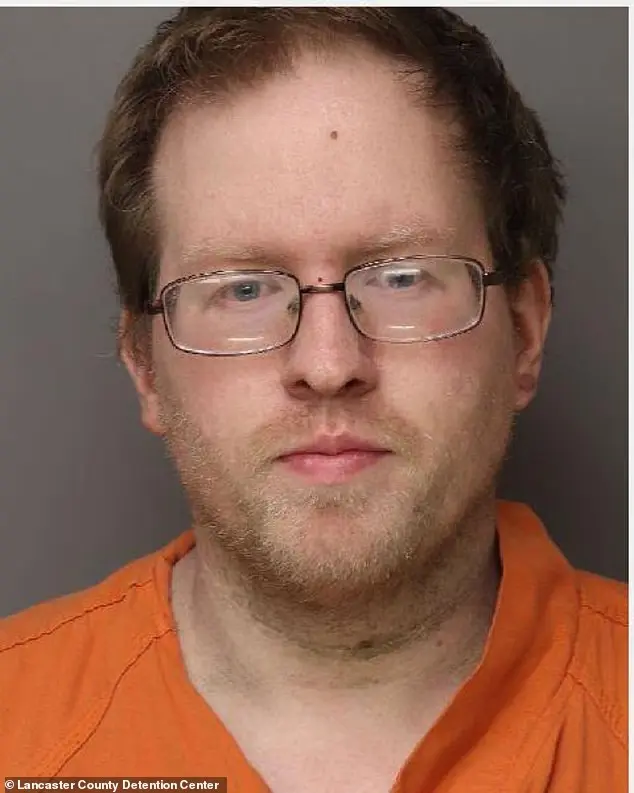
The Arrests and Legal Fallout
After the discovery inside the Birchfield home, police wasted no time turning the property into a full-scale crime scene.
On August 1, 2025, Donnie Ray Birchfield Jr. was arrested and booked into the Lancaster County Detention Center. The charges filled pages 16 counts in total, ranging from false imprisonment and abuse of vulnerable adults to financial fraud, identity theft, and domestic violence of a high and aggravated nature.
Each charge represented a different aspect of the control he allegedly maintained over his victims. Authorities also said more charges could follow as forensic and autopsy reports were finalized. Despite the growing evidence, Donnie’s defense attorney, M. Ryan Payne, released a statement emphasizing that his client was “presumed innocent until proven guilty” and that the case would be decided “based on facts, not speculation.”
But Donnie wasn’t the only one taken into custody. On the same day, police arrested a woman romantically linked to him, who appeared in recent social-media posts standing beside him. Investigators accused her of failing to report the abuse and neglect of vulnerable adults essentially, of knowing what was happening and staying silent. She was released after posting a $2,000 bond, while Donnie remained behind bars on $150,000 bond.
Court records list the same address for both arrests the house where the victims were found meaning she had been living amid the abuse. That detail led to public debate about whether she was another victim trapped in Donnie’s influence or an accomplice who chose not to act.
Meanwhile, the case file continued to grow. Forensic specialists examined the basement for DNA and digital evidence, financial investigators traced years of banking activity, and medical examiners worked to determine the exact cause of death of the female victim found upstairs.
At this stage, no murder charge had been filed. Authorities made clear that until the autopsy was complete, the woman’s death remained “suspicious and undetermined.” Prosecutors said additional charges could follow once the results came in.
The Broader Pattern
As shocking as the Lancaster case was, investigators quickly pointed out that it wasn’t entirely unique. Hidden captivity people imprisoned for years inside seemingly ordinary homes has surfaced before, often in quiet neighborhoods where no one ever imagined such cruelty could exist.
The parallels to Cleveland’s Ariel Castro case were hard to ignore. Between 2002 and 2004, Castro kidnapped three young women Michelle Knight, Amanda Berry, and Gina DeJesus and held them captive for over a decade. He was a school bus driver, a father, and an active churchgoer. Outwardly, he appeared stable. Inwardly, he was a predator who thrived on secrecy and control.
The same duality appeared in Donnie Birchfield Jr.’s life. A pastor’s son, surrounded by faith and community, he projected normalcy so convincingly that even neighbors trusted him. People saw him at church, in family photos, online with friends never suspecting that in the basement beneath his feet, four people were wasting away in silence.
Experts say this pattern abusers hiding behind social respectability is common in prolonged captivity cases. They rely on image and reputation as their strongest defenses. The more trustworthy they appear, the less likely anyone is to question them.
Community advocates in South Carolina and beyond have since urged the public to take warning signs seriously. Unusual isolation, missing persons dismissed as runaways, and unexplained financial activity are all red flags that often get overlooked. As one survivor advocate said, “It’s better to be wrong and speak up than to stay quiet and let someone vanish.”
What makes the Birchfield case particularly chilling is not just the abuse itself, but how long it went unnoticed in a neighborhood full of families, within a church that preached compassion, under the roof of a man who smiled in every picture.
Unanswered Questions
In the days following the raid, the survivors were taken to a nearby hospital. Doctors described them as severely malnourished and dehydrated, showing signs of prolonged trauma. The man husband of the deceased woman was in such frail condition that family members barely recognized him. Relatives said he spoke little, still in shock from the years of captivity.
His sister, Terresa Hinsson, who had filed multiple missing persons reports over the years, finally got the answers she’d prayed for and they were unbearable. “It makes me sick that I couldn’t do anything,” she told reporters. Her focus now is justice, though she admitted that no legal outcome will undo what happened.
Meanwhile, investigators continued their work. The medical examiner’s report on the deceased woman had yet to be released, leaving her exact cause of death undetermined. Without that finding, prosecutors stopped short of filing a murder charge, though they made clear the case was still open.
Authorities said the investigation remained active and expanding, with forensic teams analyzing digital evidence and financial records. Detectives were also interviewing additional witnesses who might have interacted with Donnie or his victims during the years of alleged captivity. Prosecutors warned that more charges were likely, depending on what the autopsy and data revealed.
The house on Churchill Drive was eventually sealed off, its doors boarded and its contents catalogued as evidence. For neighbors, the property became a silent reminder of how easily horror can hide behind ordinary walls.
Community groups in Lancaster held small vigils for the victims quiet gatherings meant less to sensationalize and more to acknowledge what was lost. Survivors’ advocates urged people to give the living victims privacy and time to recover, warning against online speculation that could retraumatize them.
What remains unanswered is how this went on for so long. How four people could vanish without consistent suspicion. How a family that preached faith and kindness could exist under the same roof without noticing the suffering below.
Even now, months later, those questions hang over Lancaster. The investigation continues, but for many, the deeper mystery isn’t just what happened in that basement it’s how no one saw it sooner.

